10 Best Herbal Decoctions For Osteoporosis
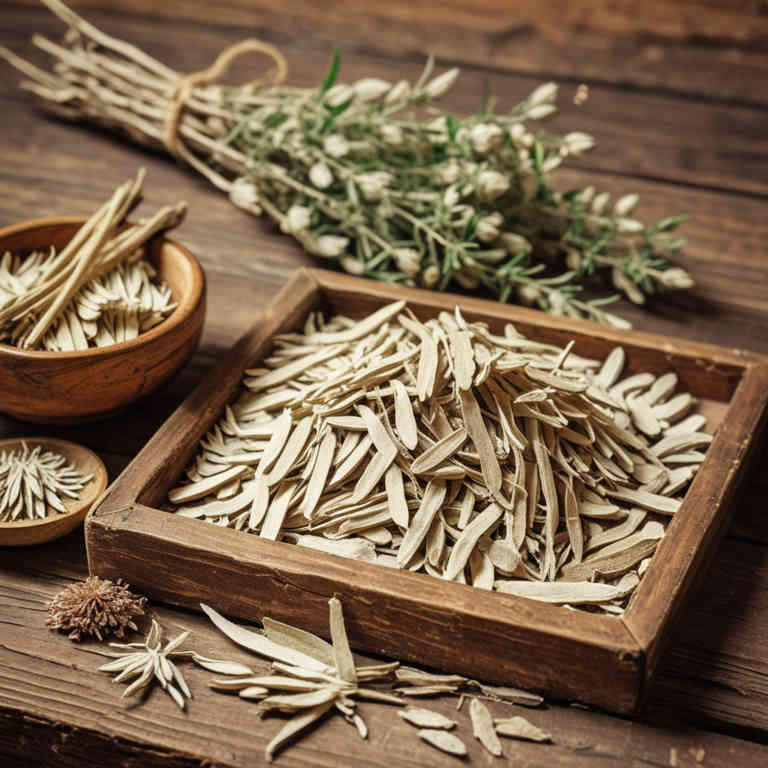
Herbal decoctions have been traditionally used to support bone health and may offer potential benefits for individuals with osteoporosis.
These decoctions typically combine various herbs known for their mineral-rich properties, such as nettle, red clover, and horsetail, which are believed to enhance calcium absorption and promote bone density. Some studies suggest that certain herbs, like black cohosh and sage, may help regulate hormones that influence bone metabolism, particularly in postmenopausal women. While herbal decoctions are generally considered safe, they should be used under the guidance of a healthcare professional to avoid interactions with prescription medications.
Overall, herbal decoctions can be a complementary approach to conventional treatments for osteoporosis, though more research is needed to fully understand their efficacy and long-term effects.
FREE Herb Drying Checklist
How to make sure every batch retains maximum flavor, color, and aroma without the risk of mold or over-drying. Eliminate guesswork and trial-and-error, making herb drying faster, easier, and more efficient every time.
Table of Contents
1. Zingiber officinale
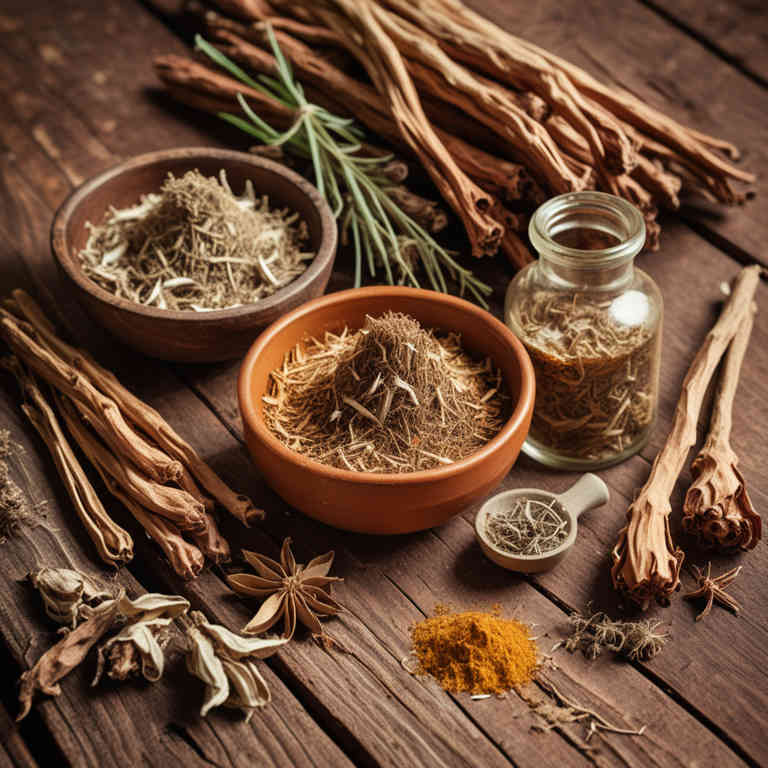
Zingiber officinale, commonly known as ginger, has been traditionally used in herbal medicine for its potential health benefits, including supporting bone health.
Recent studies suggest that ginger may help in preventing osteoporosis by promoting bone formation and reducing bone resorption through its bioactive compounds, such as gingerols and shogaols. Herbal decoctions made from fresh or dried ginger root are often prepared by simmering the root in water to extract these beneficial compounds. These decoctions may enhance calcium absorption and reduce inflammation, which are key factors in maintaining bone density.
While more research is needed, incorporating ginger into a balanced diet or using it as a herbal decoction may offer a natural complementary approach to managing osteoporosis.
2. Silybum marianum

Silybum marianum, commonly known as milk thistle, has been explored for its potential therapeutic effects in the management of osteoporosis due to its rich content of bioactive compounds such as silymarin.
Herbal decoctions made from the seeds of Silybum marianum are believed to exert anti-inflammatory and antioxidant properties that may support bone health by reducing oxidative stress and inflammation, which are contributing factors to bone loss. Some preliminary studies suggest that silymarin may enhance bone mineral density and promote osteoblast activity, which are critical for maintaining strong bones. However, further clinical research is needed to confirm its efficacy and safety in treating osteoporosis.
Despite promising in vitro and animal studies, the use of Silybum marianum as a herbal decoction for osteoporosis should be approached with caution and under the guidance of a healthcare professional.
3. Panax ginseng
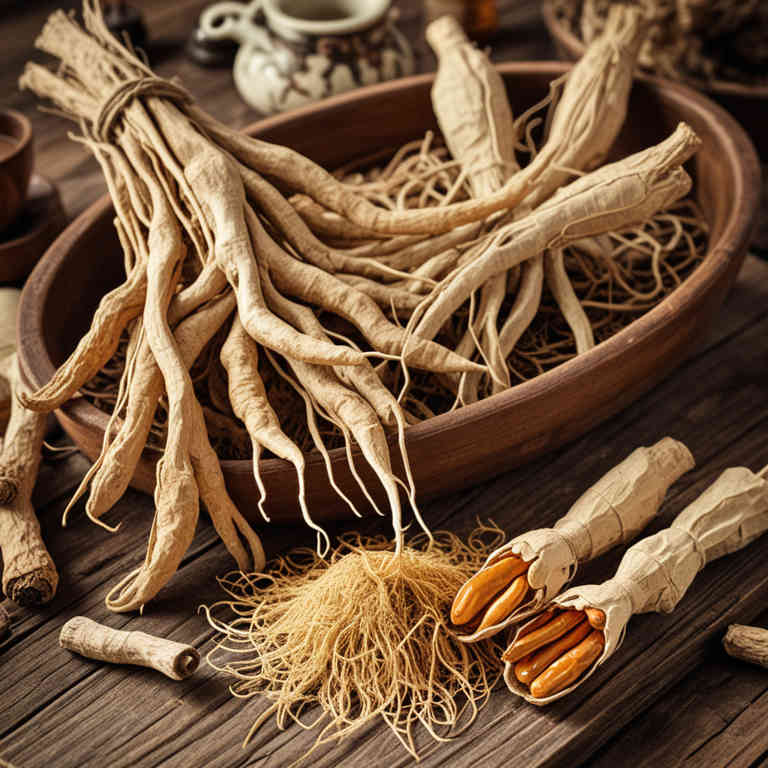
Panax ginseng, a widely used traditional herbal remedy, has been studied for its potential benefits in managing osteoporosis due to its bioactive compounds such as ginsenosides, which may enhance bone formation and inhibit bone resorption.
Herbal decoctions made from Panax ginseng root are often prepared by boiling the root in water for several hours, allowing the extraction of its active components. Research suggests that these decoctions may increase bone mineral density and reduce the risk of fractures by modulating osteoblast and osteoclast activity. However, more clinical trials are needed to confirm its efficacy and optimal dosing for osteoporosis treatment.
As a complementary therapy, Panax ginseng decoctions should be used under the guidance of a healthcare professional to ensure safety and effectiveness.
4. Glycyrrhiza glabra
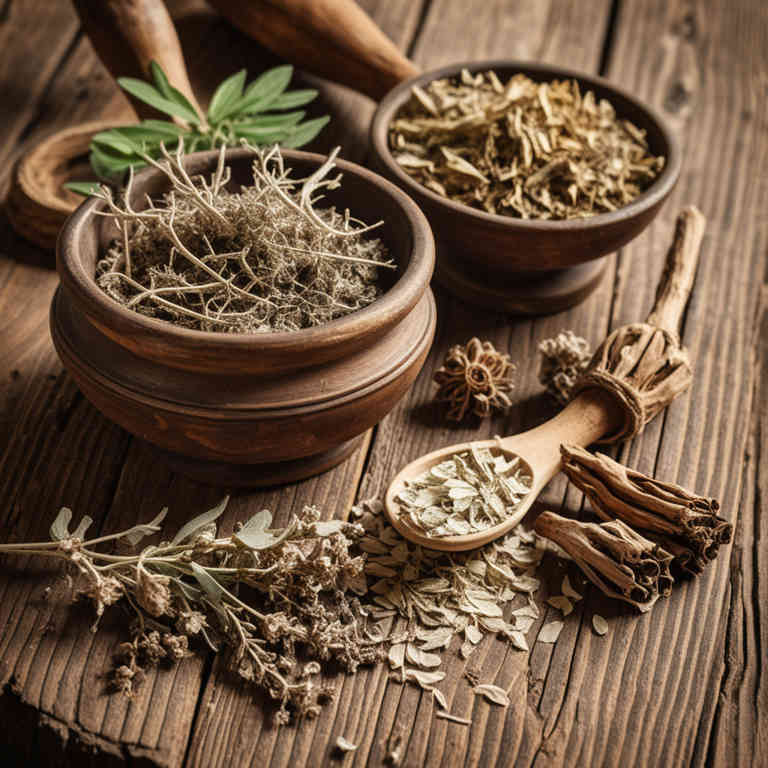
Glycyrrhiza glabra, commonly known as licorice root, has been traditionally used in herbal medicine for its potential health benefits, including its anti-inflammatory and antioxidant properties.
Recent studies suggest that licorice root decoctions may support bone health by modulating the activity of osteoclasts and osteoblasts, which are key cells involved in bone remodeling. The active compounds in licorice, such as glycyrrhizin and flavonoids, may help reduce oxidative stress and inflammation, both of which are linked to the progression of osteoporosis. While preliminary research shows promise, more clinical trials are needed to confirm its efficacy and safety for treating osteoporosis.
As a complementary therapy, licorice root decoctions should be used under the guidance of a healthcare professional to ensure proper dosing and avoid potential side effects.
5. Astragalus membranaceus
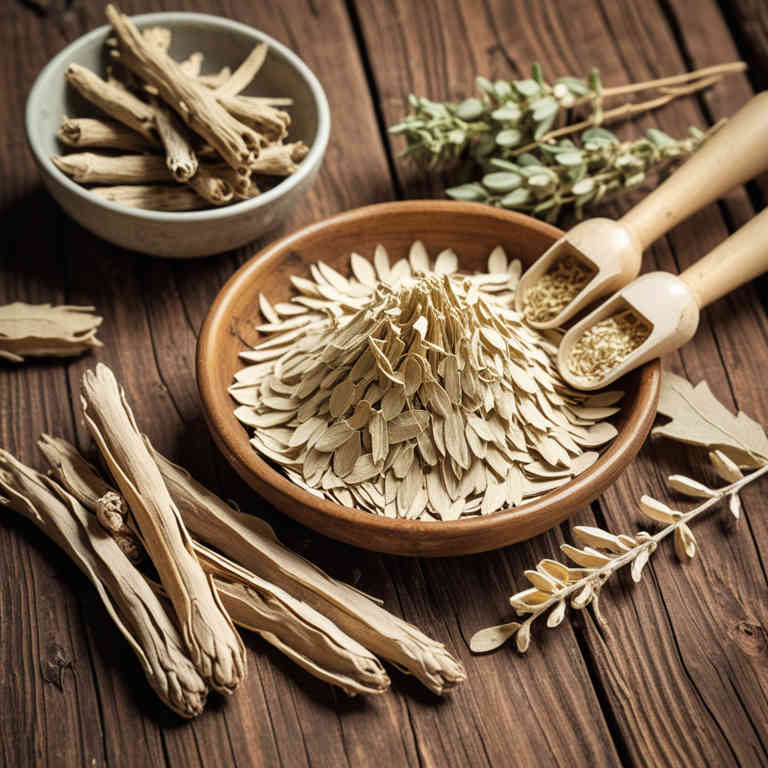
Astragalus membranaceus, commonly known as Huang Qi, is a traditional Chinese medicinal herb that has been used for centuries to support immune function and overall health.
Recent studies suggest that its herbal decoctions may have potential in the prevention and treatment of osteoporosis due to their ability to enhance bone formation and inhibit bone resorption. The active compounds in astragalus, such as polysaccharides and flavonoids, are believed to stimulate osteoblast activity and reduce oxidative stress, which are critical factors in bone degradation. Clinical trials have shown promising results in improving bone mineral density and reducing fracture risk in postmenopausal women.
However, further research is needed to fully understand its mechanisms and establish standardized dosages for therapeutic use in osteoporosis management.
6. Curcuma longa
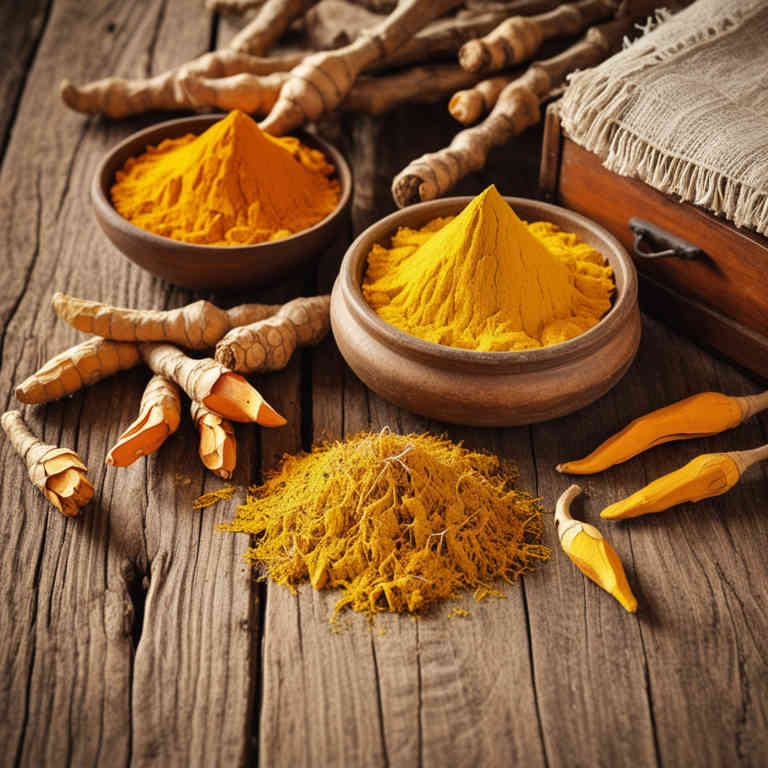
Curcuma longa, commonly known as turmeric, has been widely studied for its potential benefits in managing osteoporosis due to its active compound, curcumin.
Herbal decoctions made from Curcuma longa are prepared by simmering the rhizomes in water, allowing the extraction of bioactive components such as curcuminoids and volatile oils. These decoctions are believed to exert anti-inflammatory and antioxidant effects, which may help in reducing bone resorption and promoting bone formation. Preliminary research suggests that regular consumption of turmeric decoctions could support bone health by modulating osteoclast activity and enhancing mineral density.
However, further clinical studies are needed to establish optimal dosages and long-term efficacy in treating osteoporosis.
7. Eclipta prostrata

Eclipta prostrata, commonly known as false dandelion, has been traditionally used in herbal medicine for its potential health benefits, including support for bone health.
Herbal decoctions made from Eclipta prostrata are prepared by boiling the dried plant parts in water, allowing the active compounds to be extracted for consumption. Preliminary studies suggest that the plant contains compounds such as flavonoids and alkaloids, which may help in enhancing bone density and reducing oxidative stress, both of which are factors in osteoporosis. While more clinical research is needed to confirm its efficacy, some traditional practitioners use Eclipta prostrata decoctions as a complementary therapy for managing osteoporosis.
However, it is important to consult with a healthcare professional before using this herb, as it may interact with certain medications or have side effects in some individuals.
8. Cissus quadrangularis
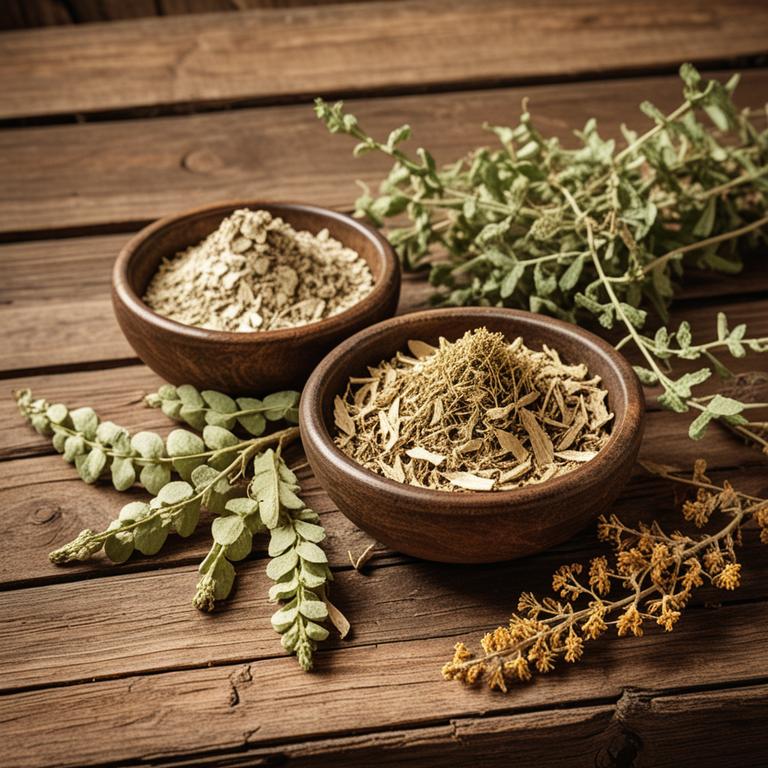
Cissus quadrangularis, commonly known as "Devil's backbone," is a traditional herbal remedy that has gained attention for its potential benefits in managing osteoporosis.
Herbal decoctions made from Cissus quadrangularis are believed to enhance bone density and strength due to their high content of calcium, magnesium, and other essential minerals. Studies suggest that the plant's active compounds may stimulate bone formation and inhibit bone resorption, contributing to improved skeletal health. These decoctions are often prepared by boiling the leaves or stems in water, and are used in traditional Ayurvedic and folk medicine practices.
While preliminary research shows promise, more clinical trials are needed to fully establish the efficacy and safety of Cissus quadrangularis in treating osteoporosis.
9. Cimicifuga racemosa
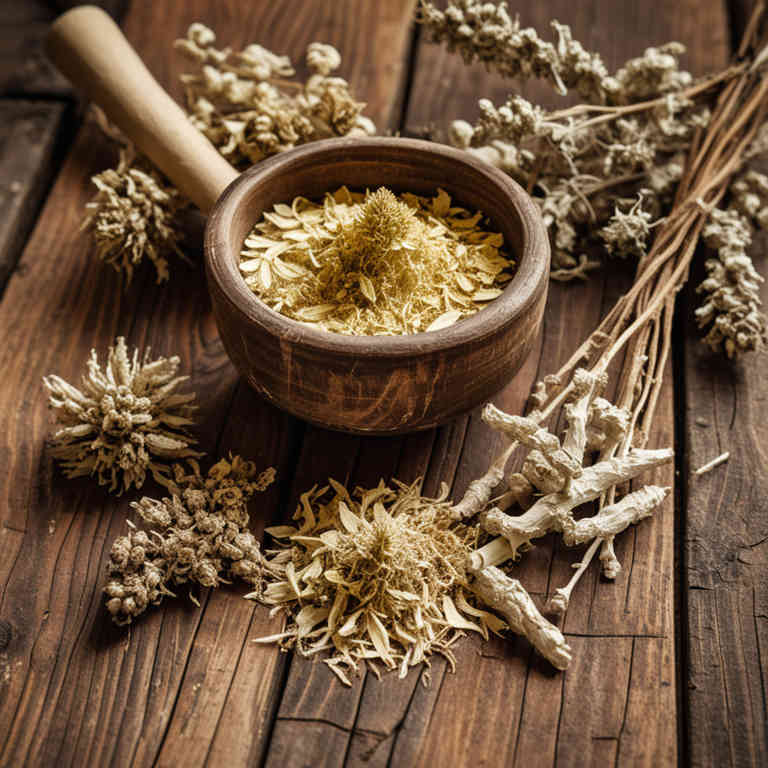
Cimicifuga racemosa, commonly known as black cohosh, has been traditionally used in herbal medicine for its potential benefits in managing osteoporosis.
Herbal decoctions of Cimicifuga racemosa are prepared by simmering the root in water to extract its bioactive compounds, which may include phytoestrogens and other phytochemicals. These compounds are believed to support bone density by modulating estrogen receptor activity, which is crucial for maintaining bone health. Some studies suggest that Cimicifuga racemosa may help reduce the risk of fractures and improve bone mineral density in postmenopausal women.
However, it is important to consult a healthcare provider before using this herb, as it may interact with certain medications and is not a substitute for conventional osteoporosis treatments.
10. Salvia miltiorrhiza
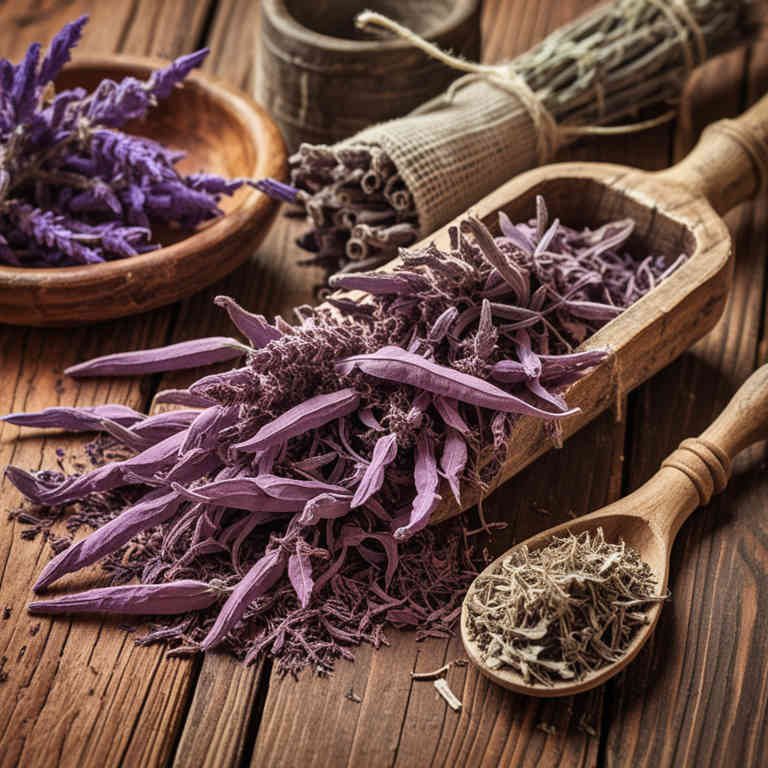
Salvia miltiorrhiza, commonly known as Danshen, is a traditional Chinese herb that has been widely used for its potential therapeutic effects on various health conditions, including osteoporosis.
Herbal decoctions made from Salvia miltiorrhiza are believed to improve blood circulation and reduce oxidative stress, which are key factors in the development of osteoporosis. Research suggests that the active compounds in this herb, such as tanshinone and salvianolic acid, may promote bone formation and inhibit bone resorption by modulating the activity of osteoblasts and osteoclasts. Clinical studies have shown promising results in improving bone mineral density and reducing fracture risk in individuals with osteoporosis.
However, more rigorous, large-scale studies are needed to fully establish its efficacy and safety in treating this condition.